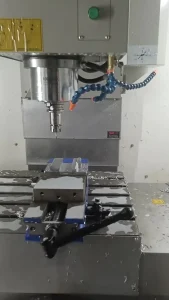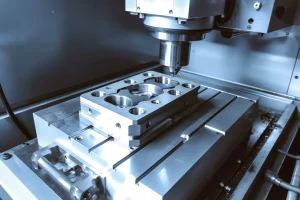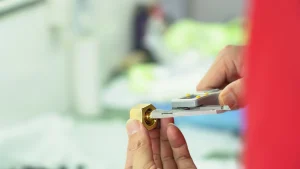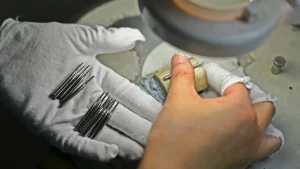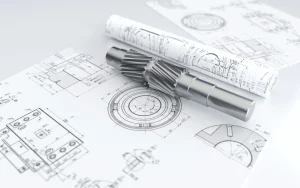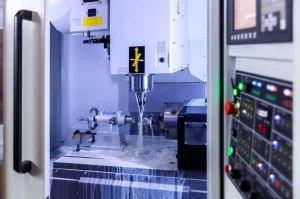在CNC加工领域, 有缺陷的产品的出现不仅会影响生产效率, but may also have a negative impact on the company’s reputation and economic benefits. 所以, as a factory, we have taken a series of strict processing and preventive measures to ensure product quality and customer satisfaction. The following are the strategies and processes followed by our CNC machining factory when dealing with defective products.
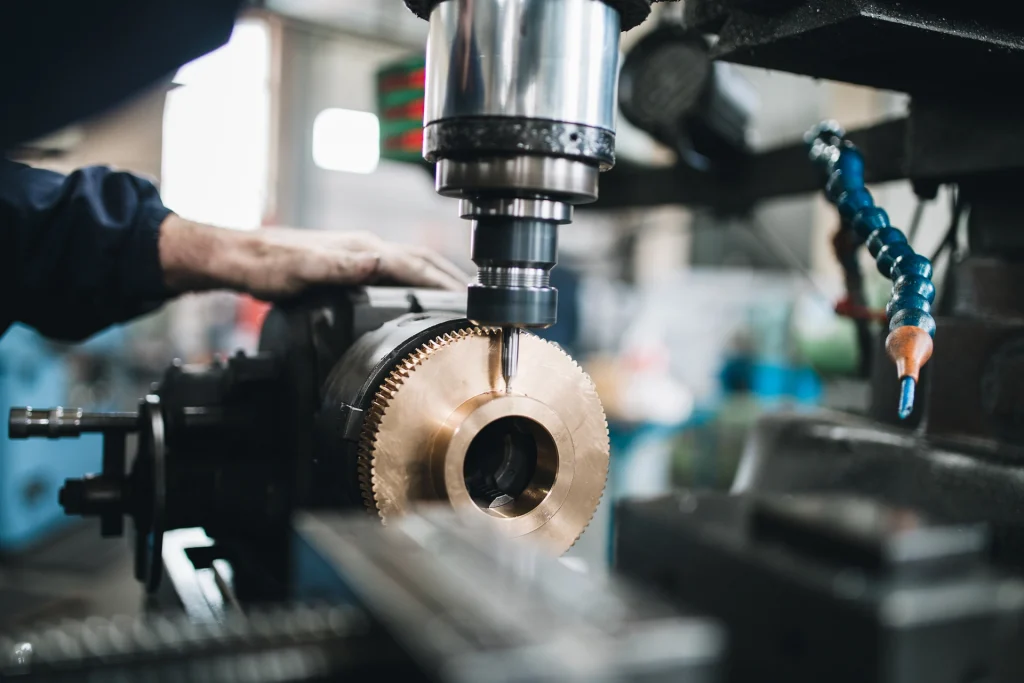
1. Identify and isolate non-conforming products
Once non-conforming products are found, our first task is to identify and isolate them. This includes using color codes, labels, text or stamps to identify them, and storing CNC processing non-conforming products in a dedicated isolation area to prevent them from being confused with qualified products or being misused.
2. Evaluation and classification
We will conduct a detailed evaluation and classification of CNC processing non-conforming products to determine the cause and extent of their non-conformity. This helps us decide what treatment measures to take, such as rework, repair, downgrade or scrap.
3. Rework and repair
For non-conforming products that can meet quality requirements through rework or repair, we will develop a specific rework or repair process. This includes defining rework standards, operating methods and record retention to ensure that the quality of CNC processing products after rework meets standards.
4. Scrap treatment
For those non-conforming products that cannot meet requirements through rework or repair, we will scrap them. Before scrapping, we will fill out a scrapping application form and have it signed and confirmed by the relevant departments.
5. Root Cause Analysis
For the generation of CNC machining defective products, we will conduct a root cause analysis to determine the systematic factors that lead to the generation of defective products. This may involve the evaluation and improvement of the process, 设备, materials or operators.
6. Preventive measures
Based on the results of the root cause analysis, we will develop and implement preventive measures to prevent similar problems from happening again. This may include improving the process, strengthening employee training, updating equipment or improving material management.
7. 持续改进
We recognize that quality management is a process of continuous improvement. 所以, we will regularly review and analyze defective product data to identify potential trends and problems, so as to continuously improve our production processes and quality control measures.
8. Employee Training and Awareness Enhancement
We emphasize the role of employees in quality management, and through regular training and education, we will improve employees’ awareness and skills of quality control to reduce defective products caused by human errors.
Through these comprehensive measures, our CNC processing factory is committed to minimizing the risk of defective products and ensuring that each product meets the quality requirements of customers. We believe that through continuous efforts and improvements, we can continuously improve product quality and enhance customer trust, thus standing out in the highly competitive market.

